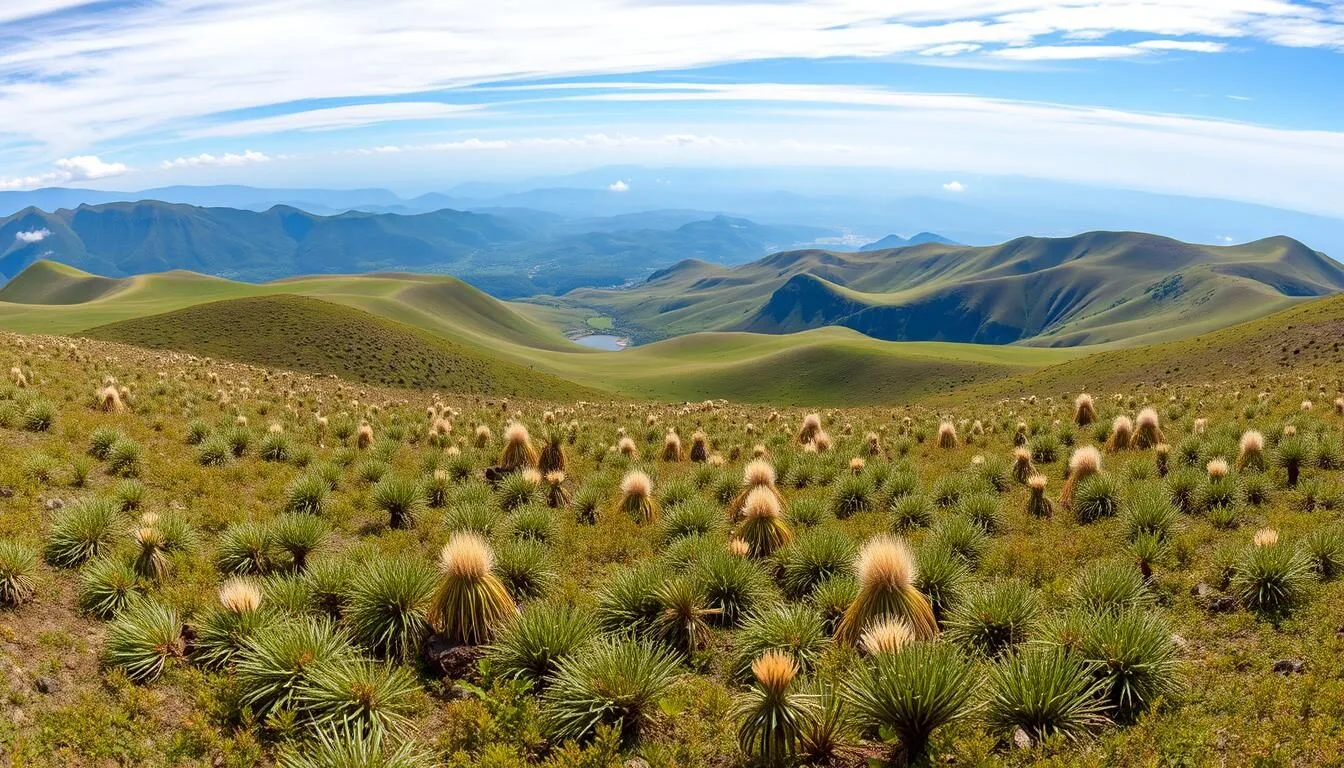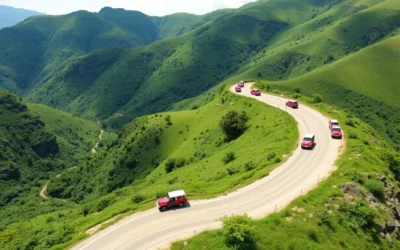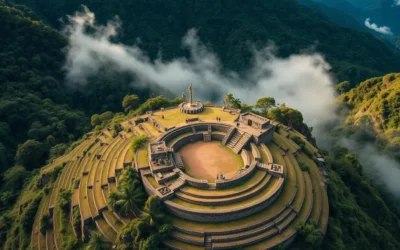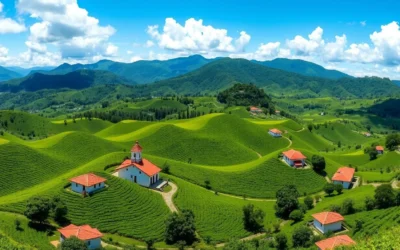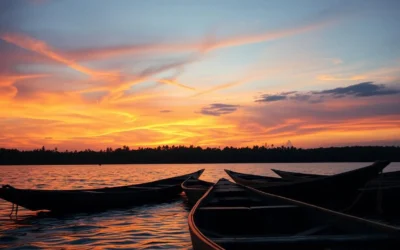Did you know that Chingaza National Park supplies over 80% of Bogotá’s drinking water? This mystical “Mountains of the Night Gods” (the meaning of “Chingaza” in the indigenous Muisca language) is not just a water reservoir but a biodiversity hotspot. Located just 40 km (25 miles) from Colombia’s capital, this páramo ecosystem harbors unique plant species found nowhere else on Earth, including the iconic frailejones that grow only 1 cm per year – meaning a plant your height could be over a century old!
Getting There & Planning Your Journey
Chingaza National Park is accessible from several entry points around Bogotá, with the most popular routes being through the towns of Guasca, La Calera, and Fomeque. The park’s remote location means some planning is essential before your visit.
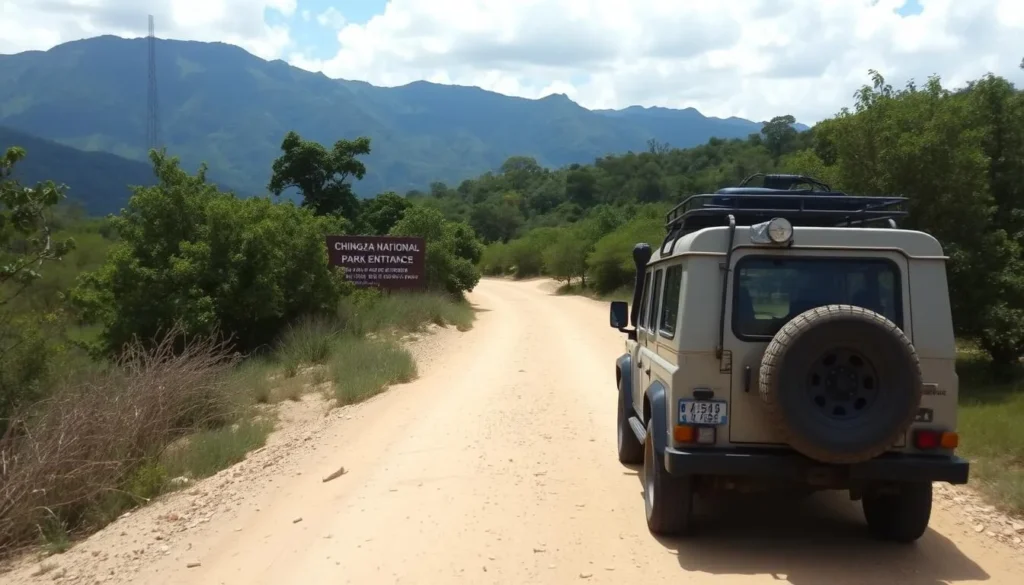
From Bogotá to Chingaza
The most common route to Chingaza is via Guasca to reach the Lagunas de Siecha trail. Here’s how to get there:
- By car: From Bogotá, take the road to La Calera, then continue to Guasca. From Guasca, follow signs to “Parque Nacional Natural Chingaza – Lagunas de Siecha.” The last 5 km is a rough dirt road, ideally navigated with a 4×4 vehicle.
- By public transport: Take a bus from Bogotá to Guasca, then a local bus or taxi to Paso Hondo. From there, it’s approximately a 6 km (1.5-hour) walk to the visitor center.
- With a tour: Many visitors opt for guided tours that include transportation from Bogotá, which eliminates logistical challenges.
Ready to explore Chingaza National Park?
Find the best flight deals to Bogotá, the gateway to Chingaza National Park.
Best Time to Visit & Weather Tips
Chingaza National Park experiences a cool, humid climate year-round, with temperatures averaging around 13°C (55°F). The park’s high altitude (between 800m and 4,000m) means weather can change rapidly, and you should always be prepared for rain.
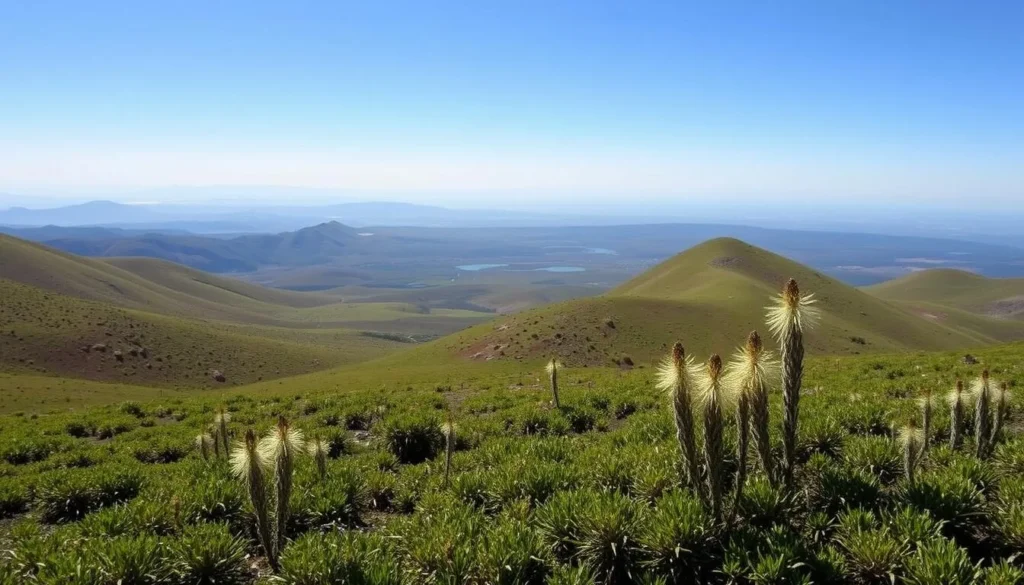
Recommended Months to Visit
Best Time: December to March (Dry Season)
- Clearer skies and better visibility for photography
- More reliable trail conditions (less mud)
- Better chance of spotting wildlife
- Lower chance of trails being closed due to weather
Months to Avoid: April to November (Rainy Season)
- Trails can become extremely muddy and slippery
- Frequent fog can obscure the beautiful views
- Some trails may be temporarily closed
- Colder temperatures due to rain and wind
Weather Tip: Even during the dry season, weather in Chingaza can change rapidly. Always pack rain gear, warm layers, sun protection, and sturdy waterproof hiking boots regardless of when you visit.
Getting Around Locally
Once inside Chingaza National Park, your primary mode of transportation will be on foot. The park features several hiking trails of varying difficulty, but they are not connected to each other. This means you’ll need transportation between trailheads if you plan to explore different areas of the park.
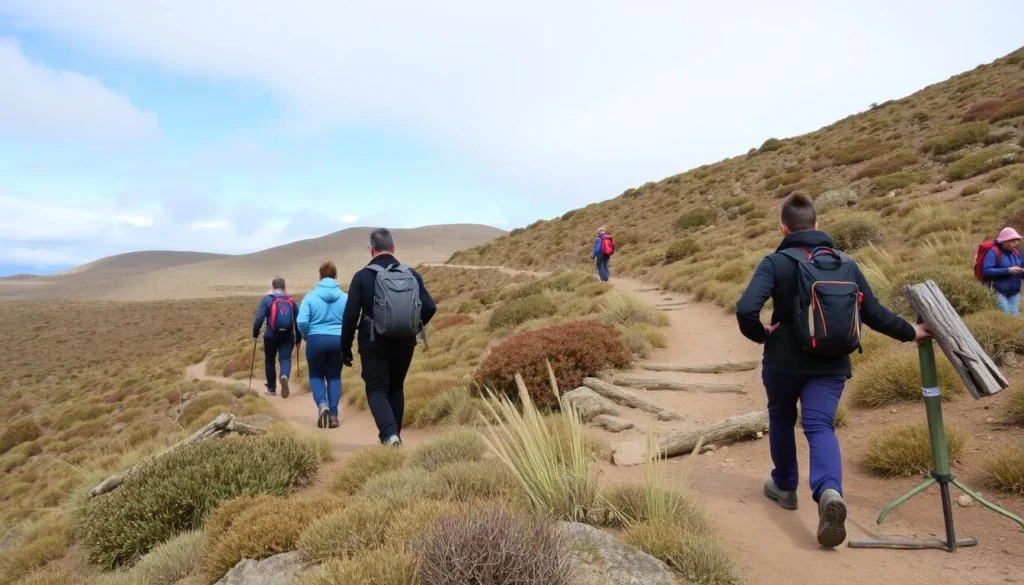
Transportation Options Within the Park
- Hiking: The primary way to explore Chingaza is on foot via designated trails. Most trails are moderate in difficulty but challenging due to the altitude.
- 4×4 Vehicles: Some areas between trailheads require 4×4 transportation on rough park roads.
- Guided Tours: Many visitors opt for guided tours that include transportation between different areas of the park.
The trails in Chingaza are not connected to each other. Between each hike, you’ll need a 4×4 vehicle to take the track inside the park to get to the other trailheads.
Need transportation for your Chingaza adventure?
Rent a 4×4 vehicle to navigate the challenging roads to and within Chingaza National Park.
Where to Stay
Chingaza National Park does not offer accommodation within its boundaries. Most visitors stay in Bogotá or in the smaller towns surrounding the park like Guasca, La Calera, or Sopó. Here are your best options:
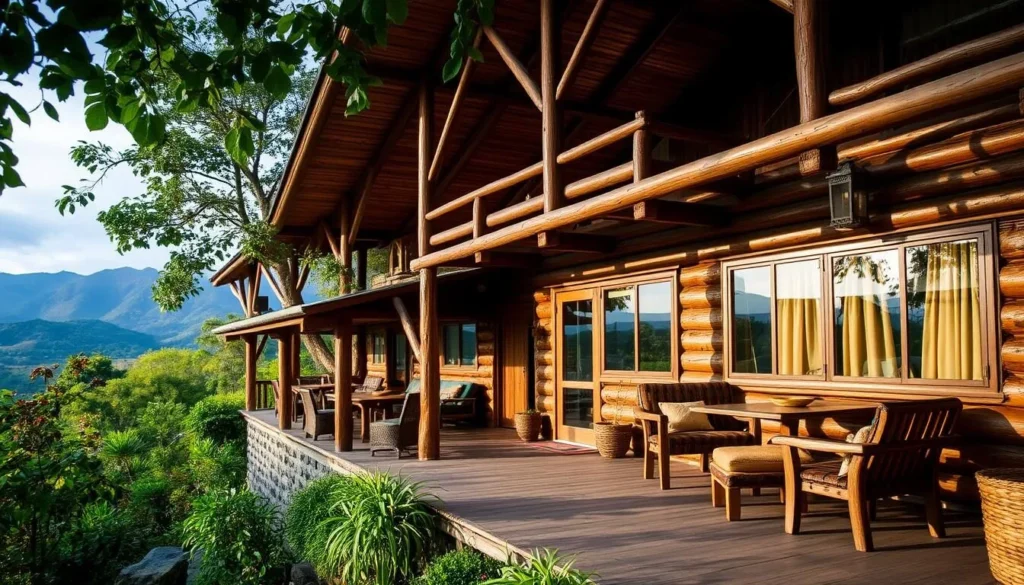
Bogotá
Staying in Colombia’s capital gives you access to all amenities and tour operators. It’s about a 1.5-2 hour drive to the park entrance.
Best for: Comfort, amenities, and combining your visit with city exploration
Guasca & La Calera
These small towns are much closer to the park entrances, offering a more rural experience with basic but comfortable accommodations.
Best for: Proximity to the park and a more authentic local experience
Eco-Lodges
Several eco-friendly accommodations have sprung up around the park’s periphery, offering sustainable stays in natural settings.
Best for: Nature immersion and sustainable tourism
Find Your Perfect Stay Near Chingaza
Browse accommodations in Bogotá or the towns surrounding Chingaza National Park.
Dining & Local Cuisine
There are no dining facilities within Chingaza National Park, so you’ll need to bring your own food and water for day hikes. The surrounding towns offer authentic Colombian cuisine that’s perfect for fueling up before or after your park adventure.
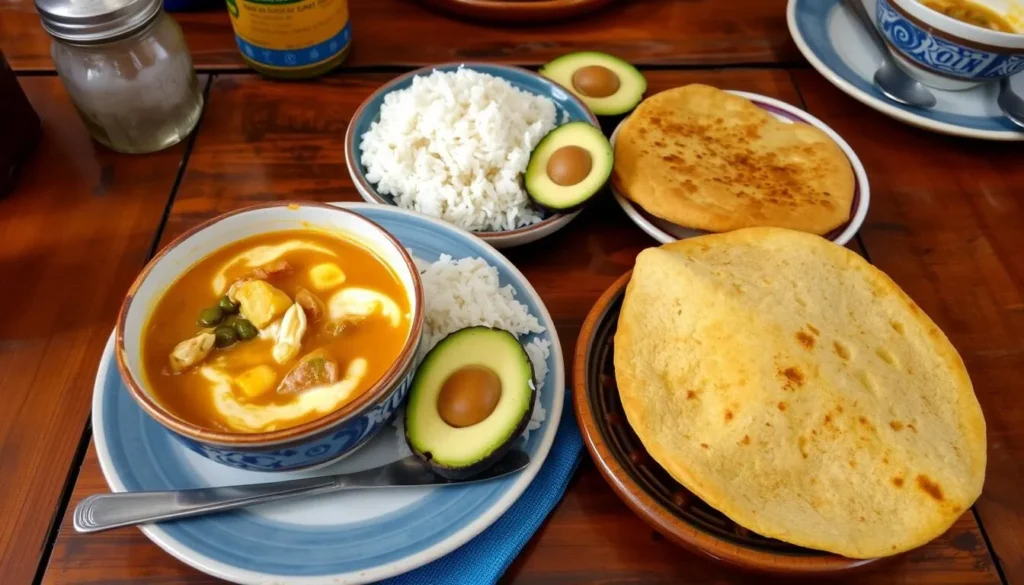
What to Eat Near Chingaza
- Ajiaco: This hearty potato and corn soup with chicken is a Bogotá region specialty, perfect for warming up after a cool day in the páramo.
- Chocolate Santafereño: Hot chocolate served with cheese – a traditional Andean treat that’s surprisingly delicious.
- Almojábanas: Cheese bread rolls that make excellent trail snacks.
- Trucha: Fresh trout is commonly served in restaurants around the park.
Important: There are NO food vendors or restaurants inside Chingaza National Park. Pack enough food and water for your entire visit, including energy-dense snacks like nuts, chocolate, and fruit.
Attractions, Sightseeing & Activities
Chingaza National Park offers a variety of natural attractions and activities centered around its unique páramo ecosystem, glacial lakes, and rich biodiversity. Here are the top things to do:
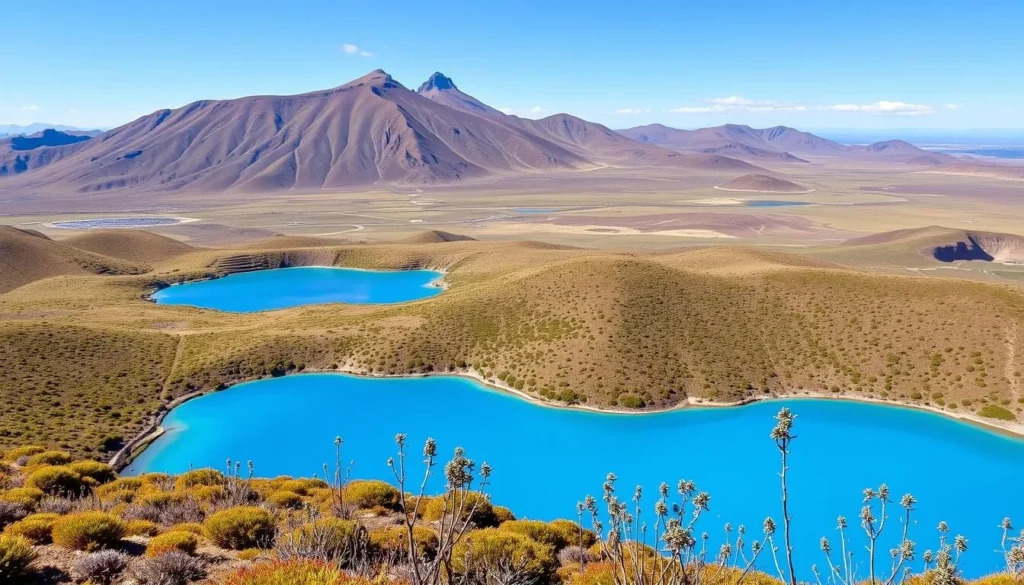
Top Hiking Trails in Chingaza
Lagunas de Siecha Trail
The most popular trail in Chingaza leads to three sacred glacial lakes of the ancient Muisca civilization. This moderate 5 km hike takes 3-4 hours and reaches an altitude of 3,800 m (12,467 ft).
Difficulty: Moderate
Access from: Guasca
Lagunas de Buitrago Trail
This trail offers spectacular views of multiple lakes and extensive páramo landscapes. The hike is approximately 6 km and takes 4-5 hours to complete.
Difficulty: Moderate to challenging
Access from: La Calera
Laguna de Chingaza Trail
Also known as “Las Plantas del Camino,” this trail leads to the park’s largest lake. It’s a 7 km hike that takes approximately 5-6 hours round trip.
Difficulty: Challenging
Access from: Fomeque or San Juanito
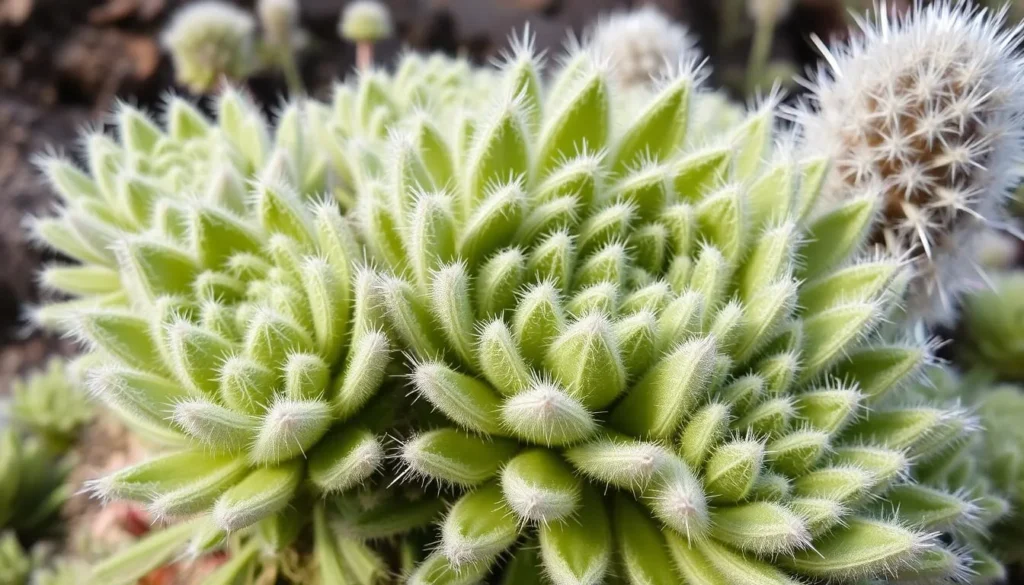
Experience Chingaza with Expert Guides
Join a guided tour to discover the hidden treasures of Chingaza National Park with knowledgeable local guides.
Wildlife & Natural Wonders
Chingaza National Park is a biodiversity hotspot with unique flora and fauna adapted to the high-altitude páramo ecosystem. The park is home to several endangered species and offers excellent wildlife viewing opportunities for patient observers.
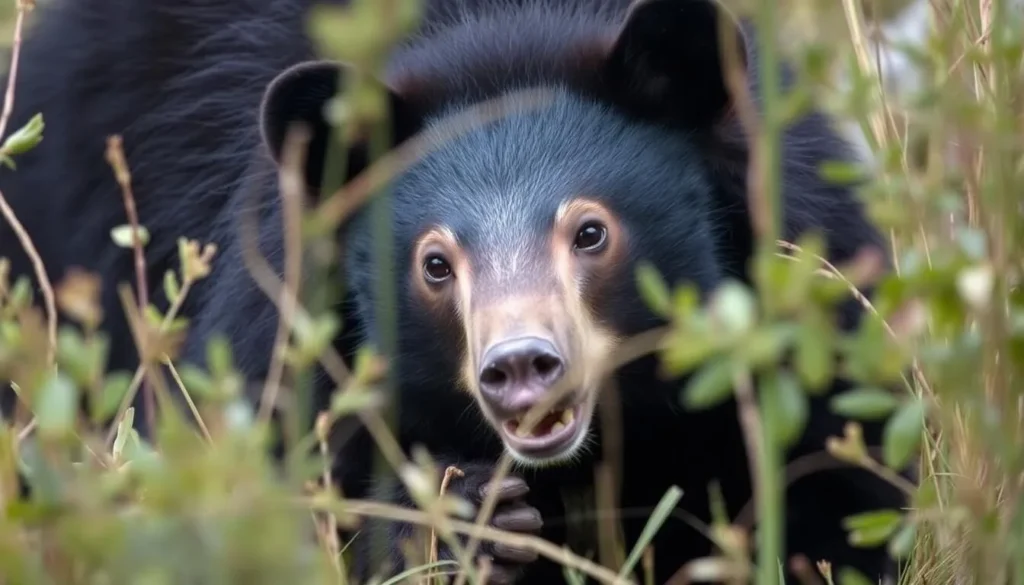
Notable Wildlife in Chingaza
Mammals
- Spectacled Bear: South America’s only bear species can occasionally be spotted in remote areas of the park.
- White-tailed Deer: Commonly seen grazing in open páramo areas.
- Mountain Tapir: One of the world’s most endangered large mammals.
- Puma: Rarely seen but present in the park.
Birds
- Green-bearded Helmetcrest: An endemic hummingbird species found only in Colombian páramos.
- Andean Condor: South America’s largest flying bird occasionally soars above the park.
- Black-chested Buzzard-eagle: A magnificent raptor often seen hunting over open areas.
- Brown-breasted Parakeet: An endemic species to Colombia’s eastern Andes.
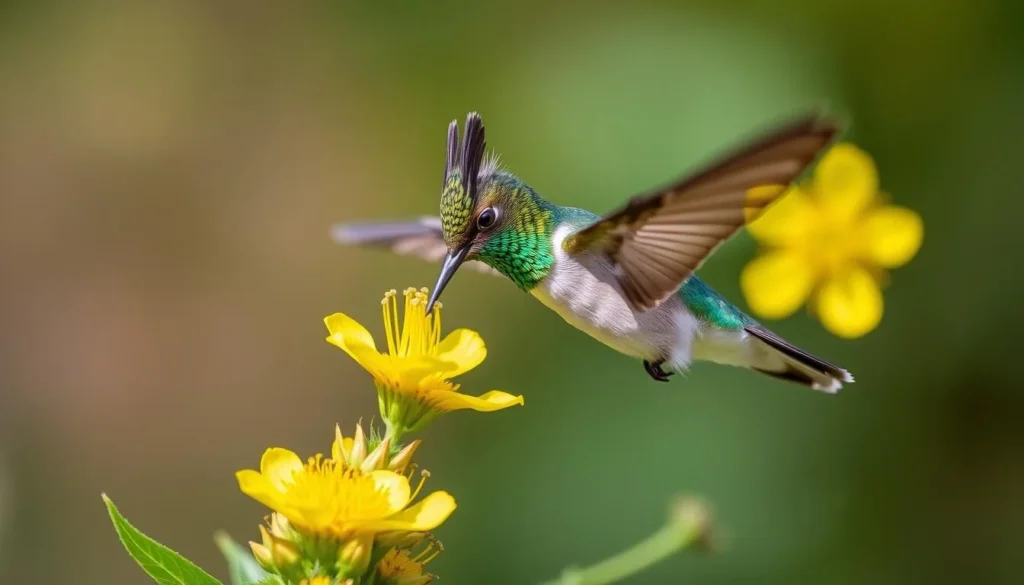
Unique Flora
The páramo ecosystem is characterized by specialized plant species adapted to the harsh high-altitude conditions:
- Frailejones: The iconic plants of the páramo, growing only 1 cm per year and living for centuries.
- Espeletia: Various species related to frailejones with similar rosette structures.
- Puya: Spiky plants with spectacular blue-green flowers when in bloom.
- Chusquea: Native bamboo species adapted to high altitudes.
The páramo ecosystem acts as a giant sponge, capturing and slowly releasing water that supplies millions of people. Chingaza is one of Colombia’s most important water sources, providing most of Bogotá’s drinking water.
Practical Travel Tips
Visiting Chingaza National Park requires some preparation to ensure a safe and enjoyable experience. Here are essential tips to help you plan your visit:
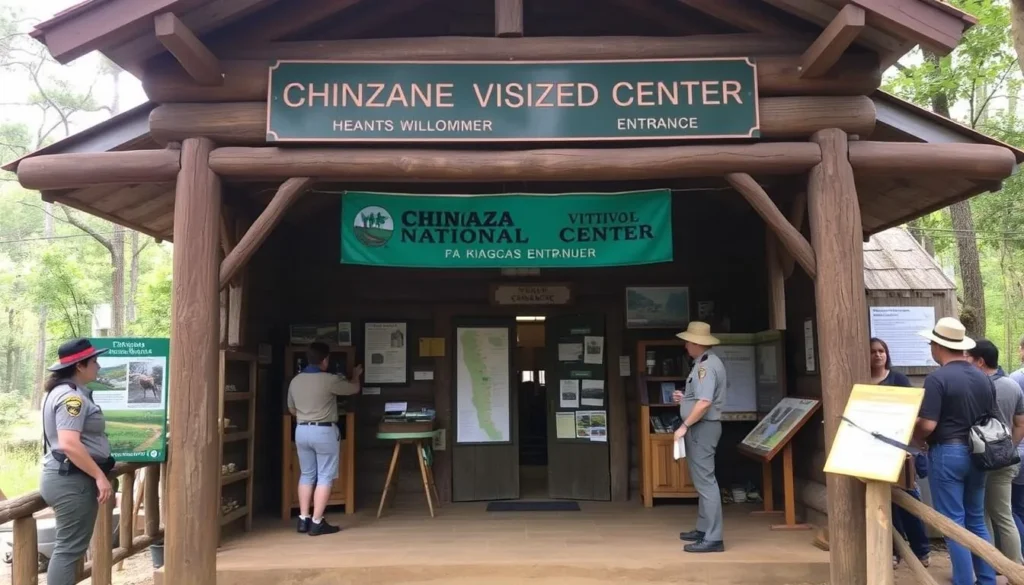
Park Entry Requirements
| Visitor Type | Entry Fee (2023) | Requirements |
| Foreign Visitors | 71,000 COP (approx. $18 USD) | Passport, Reservation |
| Colombian Residents | 19,500 COP (approx. $5 USD) | ID, Reservation |
| Children (5-12) | Reduced fee | Accompanied by adult |
Important: Chingaza National Park limits the number of daily visitors. Reservations are required and can be made by emailing reservas.ecoturismo@parquesnacionales.gov.co or through a tour operator. A certified guide is required for most trails.
What to Pack
Essential Items
- Waterproof hiking boots
- Rain jacket and waterproof pants
- Warm layers (even in summer)
- Hat, gloves, and warm socks
- Sunscreen and sunglasses
- Water (minimum 2 liters per person)
- Food and energy snacks
- First aid kit
Safety Tips
- Acclimatize to the altitude before attempting strenuous hikes
- Inform someone of your hiking plans
- Stay on marked trails
- Check weather forecasts before departing
- Carry a basic first aid kit
- Bring a fully charged phone (though reception is limited)
- Consider hiring a local guide
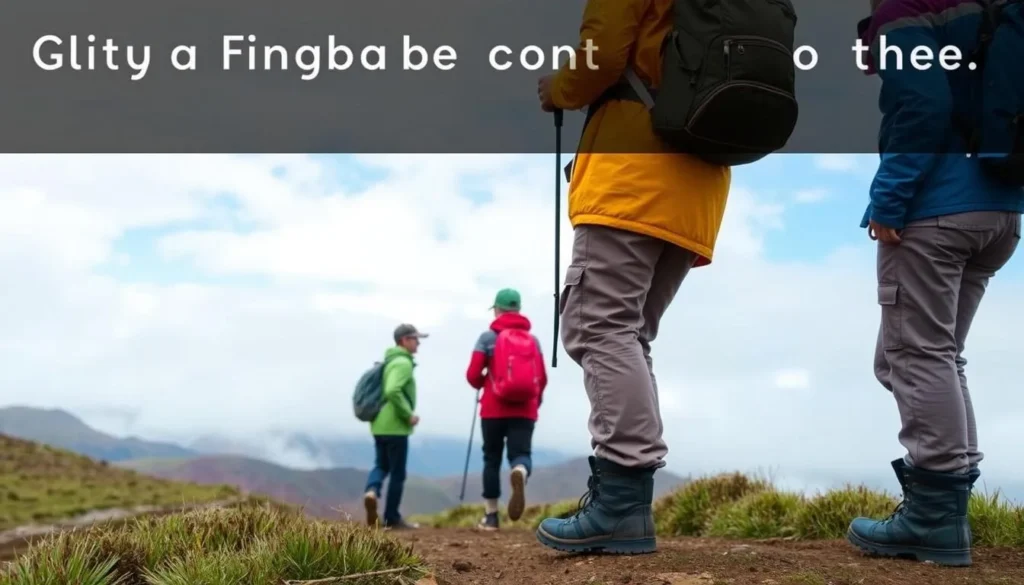
Ready for an Unforgettable Adventure?
Book a guided tour to Chingaza National Park with experienced local guides who know the best trails and wildlife spotting locations.
Experience the Magic of Chingaza
Chingaza National Park offers a rare glimpse into one of Earth’s most unique ecosystems. From sacred lakes that once hosted ancient Muisca ceremonies to the otherworldly frailejones that stand like silent sentinels across the páramo, this natural wonder provides an experience unlike any other in Colombia. Whether you’re a passionate hiker, wildlife enthusiast, or simply seeking to connect with nature, Chingaza rewards visitors with breathtaking landscapes and a profound sense of wilderness just a short distance from bustling Bogotá.
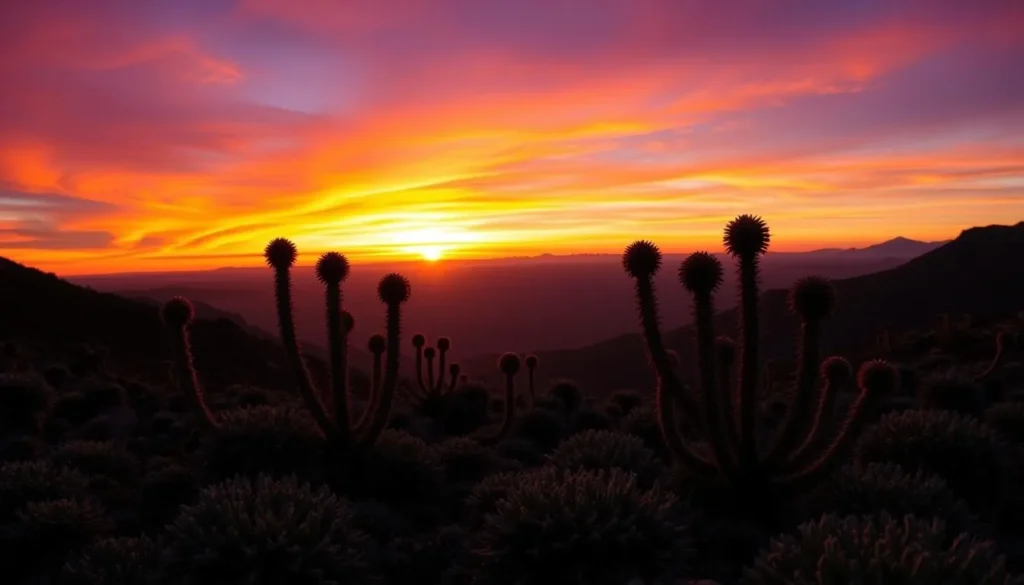
As you plan your journey to this mountain sanctuary, remember that its preservation depends on responsible tourism. By following park guidelines, respecting wildlife, and treading lightly, you’ll help ensure that future generations can also experience the wonder of Colombia’s páramos. The mountains of the night gods await your discovery!
The above is subject to change.
Check back often to TRAVEL.COM for the latest travel tips and deals.
